- Write by:
-
Tuesday, February 1, 2022 - 14:00:36
-
546 Visit
-
Print
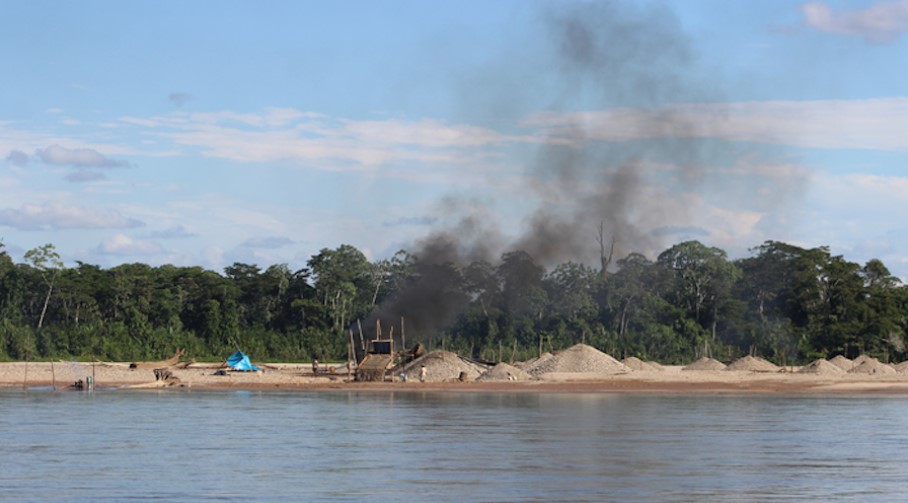
Mining News Pro - After performing the first-ever measurement of terrestrial deposits of atmospheric methylmercury – the most toxic form of mercury – an international team of researchers found that the highest levels of atmospheric mercury pollution in the world are now found in pristine areas of the Amazonian rainforest.
In a recent study published in the journal Nature Communications, the experts show that illegal gold mining in the Peruvian Amazon is causing exceptionally high levels of atmospheric mercury pollution in the nearby Los Amigos Biological Station.
According to the group, one stand of the old-growth forest was found to harbour the highest levels of mercury ever recorded, rivalling industrial areas where mercury is mined. Birds from this area have up to 12 times more mercury in their systems than birds from less polluted areas.
Atmospheric mercury is released when illegal miners burn, in open-fire ovens, the pellets they obtain after separating gold particles from river sediments using mercury. The high temperature separates the gold, which melts, from the mercury, which goes up in smoke. This mercury smoke ends up being washed into the soil by rainfall, deposited onto the surface of leaves or absorbed directly into the leaves’ tissues.
To measure this mercury, lead researcher Jacqueline Gerson and her team collected samples of air, leaf litter, soil and green leaves from the top of trees. They focused their collection on four types of environments: forested and deforested, near mining activity or far from mining activity. Two of the forested areas near mining activity are patches with small, scraggly trees, and the third is the Los Amigos Biological Station, a pristine old-growth forest that has never been touched.
Deforested areas, that would have received mercury solely through rainfall, had low levels of mercury regardless of their distance to the mining activity. Forested areas, which accumulate mercury both on and inside tree leaves, weren’t all the same. The four areas with scraggly trees, two near mining activity and two further away, had levels of mercury that resembled worldwide averages.
“We found that mature Amazonian forests near gold mining are capturing huge volumes of atmospheric mercury, more than any other ecosystem previously studied in the entire world,” Gerson said in a media statement.
Leaf area index
For all forested areas, she and her team measured a parameter called ‘leaf area index,’ which represents how dense the canopy is.
They found that mercury levels were directly related to the leaf area index: the denser the canopy, the more mercury it holds. The canopy acts as a catch-all for the gases and particulates originating from the nearby burning of gold-mercury pellets.
To estimate how much of the mercury caught in the forest canopy was making its way through the food web, the team measured the mercury accumulated in feathers of three songbird species, in reserve stations near and far from mining activity.
Birds from Los Amigos had on average three times, and up to 12 times more mercury in their feathers than those from a more remote biological station. Such high concentrations of mercury could provoke a decline of up to 30% in these birds’ reproductive success.
“These forests are doing an enormous service by capturing a huge fraction of this mercury and preventing it from getting to the global atmospheric pool,” co-author Emily Bernhard said. “It makes it even more important that they not be burned or deforested because that would release all that mercury back to the atmosphere.”
The researchers and their colleagues, however, understand that finding a solution to this issue is probably not going to come from permanently banning gold mining.
“There’s a reason why people are mining,” Gerson said. “It’s an important livelihood, so the goal is not to get rid of mining completely, nor is it for people like us coming in from the United States to be the ones imposing solutions or determining what should happen.”
The scientist explained the goal behind her study is to highlight that the issues around mercury are far vaster than water pollution and that it is important to work with local communities to come up with ways for miners to have a sustainable livelihood, while protecting ecosystems and Indigenous communities from being poisoned through air and water.
Short Link:
https://www.miningnews.ir/En/News/620542
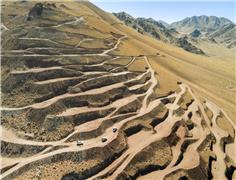
AbraSilver Resource said on Monday it has received investments from both Kinross Gold and Central Puerto, Argentina’s ...

Gold took a tumble as haven demand waned after geopolitical tensions eased in the Middle East.
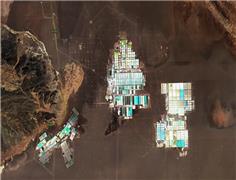
The four largest indigenous communities in Chile’s Atacama salt flat suspended dialogue with state-run copper giant ...
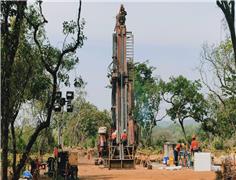
A prefeasibility study for Predictive Discovery’s (ASX: PDI) Bankan gold project in Guinea gives it a net present value ...
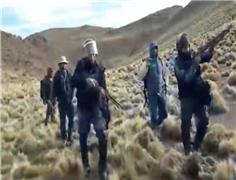
Representatives from the Peñas Negras Indigenous community, in northwestern Argentina, clashed with heavily armed police ...
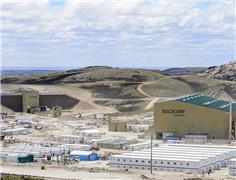
Newmont confirmed on Wednesday that two members of its workforce died this week at the Cerro Negro mine located in the ...

Chinese investors are snapping up stocks tied to high-flying metals from copper to gold, aiding an onshore market facing ...
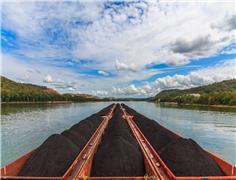
Outflows from global physically backed gold exchange traded funds (ETFs) continued for a 10th month in March, but at a ...
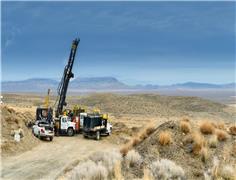
i-80 Gold fell by over 11% at market open Tuesday following its announcement of a C$100 million ($74m) public offering ...
No comments have been posted yet ...